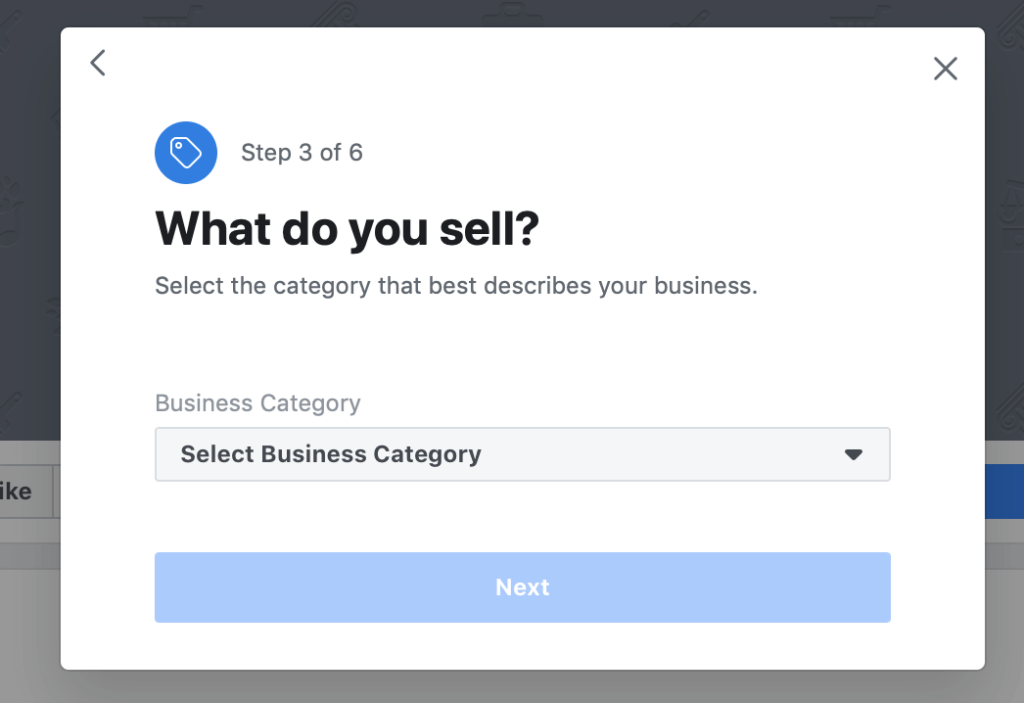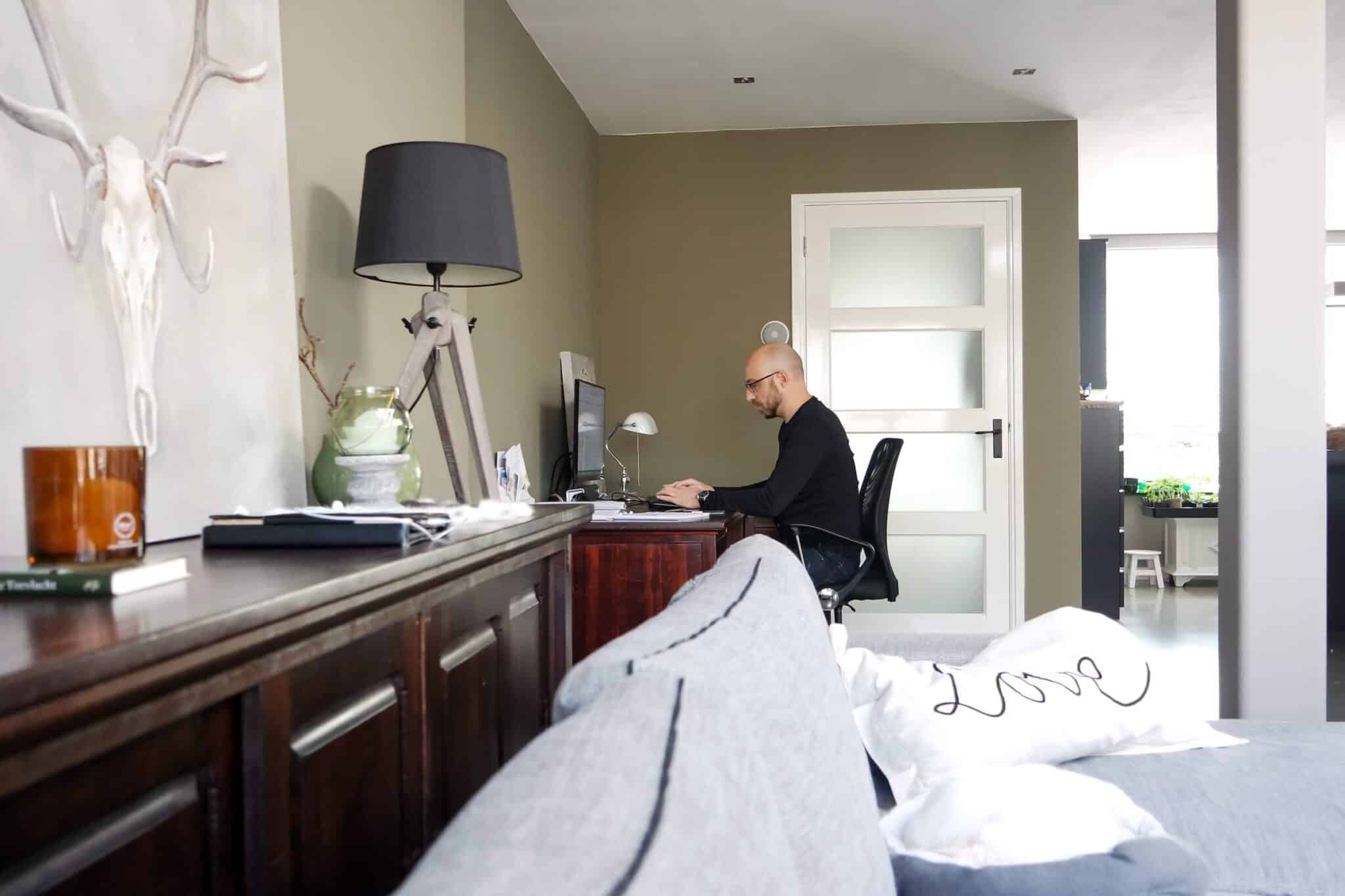We often time run into business owners that are already running Facebook ads (or in this case boosting posts) on their own or have someone inhouse doing them. We find this to be an incredibly good sign on our end as they understand the possibilities of investing in online advertising already. Subsequently, one down fall is they oftentimes have little to no clue how they are doing nothing more than dumping their money – well, into Uncle Zuck’s pockets.
We often time run into business owners that are already running Facebook ads (or in this case boosting posts) on their own or have someone inhouse doing them. We find this to be an incredibly good sign on our end as they understand the possibilities of investing in online advertising already. Subsequently, one down fall is they oftentimes have little to no clue how they are doing nothing more than dumping their money – well, into Uncle Zuck’s pockets.
What is boosting?
Visually they look very similar but technically, they are the most basic form of “advertising” that you can perform on Facebook. In short, they are created by allocating a specific budget to a post already on a Facebook page. The only real similarity they share with Facebook Ads are that they require a budget and have limited targeting capabilities. There is typically a call-to-action from the admin of the page’s point of view that says Boost. Once the button is clicked and the post is approved via Facebook, it will be “shot gunned” to the nearby selected audience.

As of this article, the only refinements you can make when selecting this target audience are via the age, location, gender and a handful of “interests”. If I was the owner of a solar company, realty group, or high-end fitness club, I would rather the money I am investing into reaching a specific group of people be much more refined via other metrics in addition to other creative options that the Business Manager allows for compared to just boosting. Another huge difference that you will be able to utilize by using the Business Ad Manager is that it allows you to not only have more in depth targeting and creative options, but to select specific objectives of the campaign. This means that you can choose whether you would like the ads to collect people’s info via a Lead Gen Form, open a conversation with a chatbot, optimize for specific conversions (purchases, leads, webinar registrants, etc.), and many more. Using the Business Ad Manager makes more sense than just hitting the boost button so that you can get the most out of your ad budget while having more control of it
My professional advice to all business owners or anyone driving the marketing for their company is to stop using the boost button. Instead, learn how to utilize your Business Manager on the back end of Facebook or consult with an agency that knows what they are genuinely doing. This can typically be pretty obvious if they are result and ROI focused. Alternatively, you can learn more on how to hold your marketing agency accountable here.
What are Facebook ads?
While boosting is still technically considered an advertisement, genuine Facebook ads are created on the backend of Facebook through Facebooks ad manager with a plethora or more advanced customization solutions. From the platform, there are a handful of advertising objective that can help you reach different business goals. But be forewarned, although this side of the platform looks relatively easy to navigate, does not mean you will be an expert after a few hundred dollars spent on it. One of my favorite TV shows says it best: “A lot of guys watch Bruce Lee movies. Doesn’t mean they can do karate.” -Billions
So where a boosted post may initially optimize for likes, comments, and shares or overall really untargeted brand awareness, what can Facebook ads optimize for and do? To simplify it for you, we have outlined a simplified version to this longwinded answer below.
What more can I do with Facebook Ads?
- Split test – Split testing is a marketing strategy where two elements of marketing campaign are tested successively to see which one delivers the best results. With Facebook ads, you can split test an extensive list of options such as the placement of the ad, different audiences, delivery optimizations, creative works and even copywriting. By split testing different metrics, it allows advertisers to be able to optimize and generate cheaper and more qualified results over time.
- Targeting – While Facebooks targeting took a big hit in 2018, there is still a multitude of options to choose from. Subsequently, even with the decrease in options going into 2019, any good Facebook marketer will be able to provide and deliver high-level targeting ideas to get you in front of the right audience. With Facebook ads, you have an ability to target cold audiences via their locations, demographics, behaviours and a handful of other options. When it comes to warm or hot audiences, you have the ability to target your website visitors, a contact list, application users, look-a-like audiences and more! Facebook ads indefinitely give you the power to get you in front of the right people to enable you to see a ROAS (return on ad spend).
- Objectives – With Facebook ads you have an incredible opportunity to be able to market to your audience based on the point in the customer journey they are in. If it’s your first campaign of the funnel, it may be a good idea to begin with a brand awareness post prior to executing a campaign where customers would be considered to be in the consideration or conversion phase. Regardless if you are doing retail or e-commerce, there are optimizations for the right objective you might be trying to reach with Facebook Ads.
- Retargeting – Have you ever been on Amazon looking for a pair of shoes when later while browsing on Facebook you came across an ad with the exact picture of shoes you were looking for? That’s retargeting. Retargeting or remarketing is perhaps one of the most powerful methods of marketing available to marketers today. The reason retargeting is effective is that your marketing investment targets people who already know your brand, logo and name and have recently shown interest. That’s why most marketers who smartly make use of retargeting see a quicker ROI than from other digital channels. Retargeting is a strategy that is simple to implement but complex to strategize to successively add to a highly converting funnel.
Overall, Facebook ads is an amazing tool and platform for any and all businesses looking to reach their ideal target audience(s) while having them take a specific action based on your business’s goals. Whether you are looking to gain more brand awareness, leads, engagement, or sales for your business, then Facebook ads can definitely deliver, if performed correctly of course. However, many businesses do not understand the difference between Facebook ads and boosting posts, which is why we put this article together in order to shed some light on this subject in hopes to help business owners put their advertising dollars to the best use. Even though you can choose an “objective” like to receive messages when you boost a post, Facebook does not optimize as well as if you were to run it through the Business Ad Manager. When you do it through Business Ad Manager instead, Facebook has more information on your target audience, data, and a better understanding that you are looking to get the most amount of leads at the lowest cost unlike when you are just boosting the posts. Therefore, to get the most results and ROI out of your money, running your posts as ads through the Business Ad Manager is much more beneficial than clicking the boost button.
-Jordan Glickman














